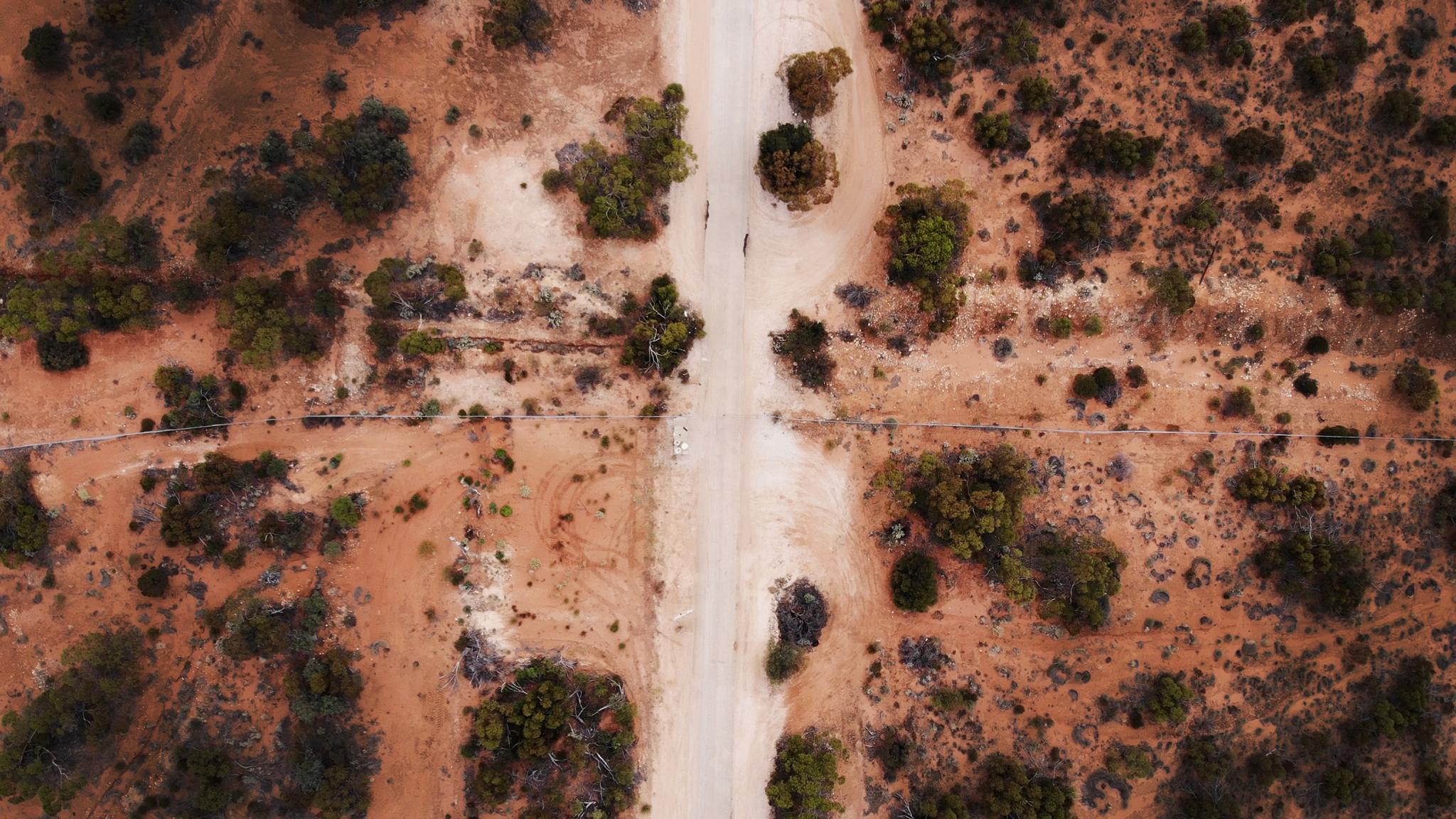David Burns
Article
The Material-Media Histories of Maralinga

This thesis proposes that the British nuclear weapons test site at Maralinga, South Australia is a reluctant and traumatic archive comprised of both material and media. The material archive is the physical evidence of the tests and is mostly inaccessible, interred in radioactive burial trenches. The media archive is dispersed in national archives, social media accounts, internet websites, museums, and personal collections. Combined, the two archives constitute the Material-Media Histories of Maralinga. It is an archive of the recent nuclear past and the radioactive deep future; an archive of secrecy and betrayal, of disrupted songlines and broken futures.
The thesis begins with the 2014 ceremonial hand back of the land that includes Maralinga test site to the Maralinga Tjarutja people. The status of the (re)mediated land is questioned along with the intentions of the Australian government and Australian Defence Force in the timing and process of the return. The first chapter examines the colonial declarations of terra nullius that rendered Aboriginal people, customs, agriculture, architecture, and economies invisible, thereby creating the juridical conditions for the future establishment of the base. The second chapter focuses on the issues of visibility as they relate to Maralinga as a nuclear weapons test site. The chapter begins with a detailed examination of Tufi, an unused test site within Maralinga that has the potential to be the most persistent – and misleading – remnant of Maralinga. The final chapter traces the land as a political medium from the first moments of nuclear colonisation at Maralinga to a selected history of Aboriginal acts of resistance. The chapter concludes with a conceptualisation of the term remediation as it pertains to the history and future of Maralinga beyond the simple definition of land rejuvenation. The practical component of this thesis is also concerned with remediation, combining new photography and moving image work with an extensive curated collection of found media, including photography, video, ephemera, court documents, parliamentary proceedings, and objects.
Member of Roundtable Three